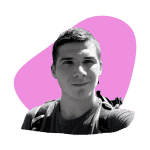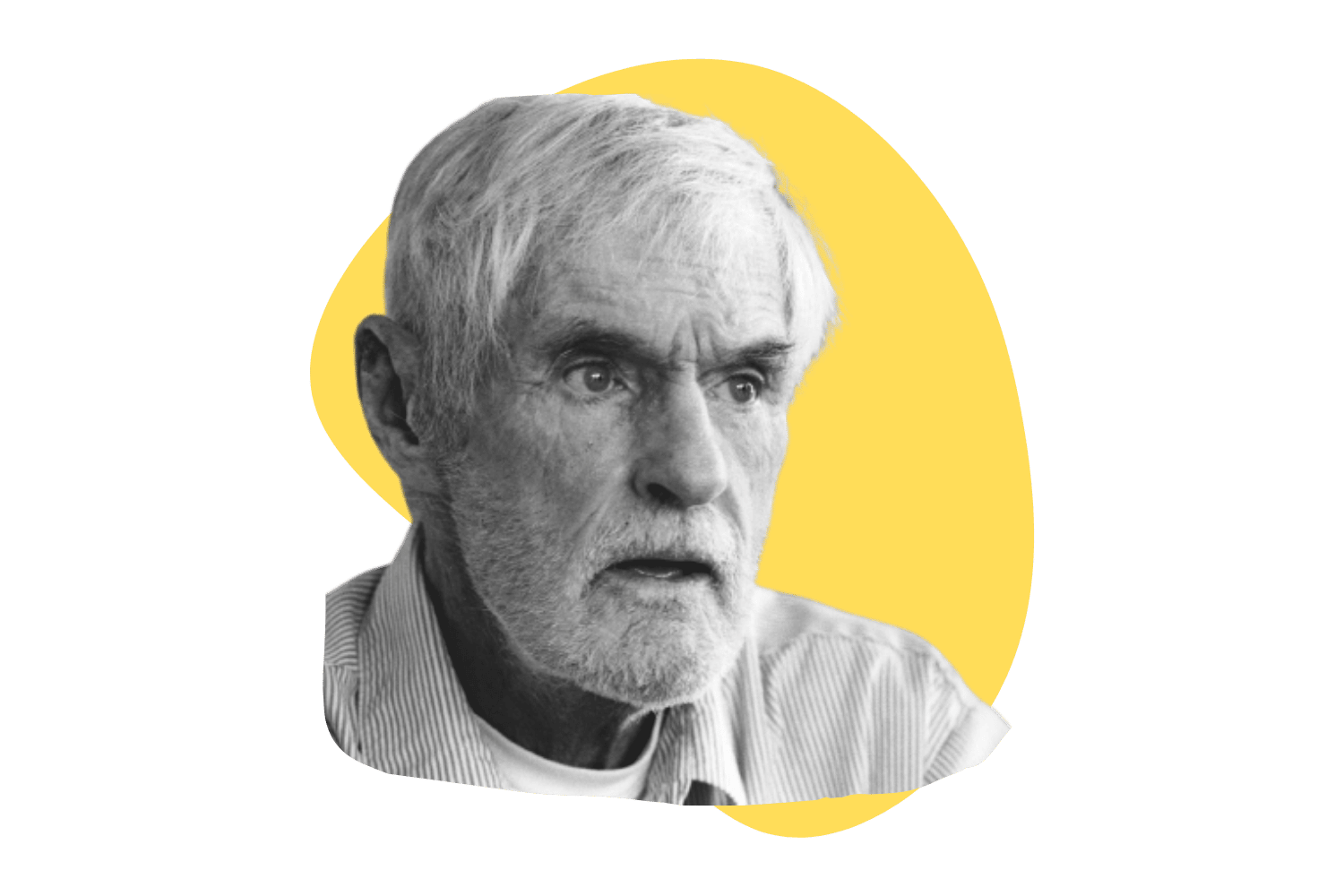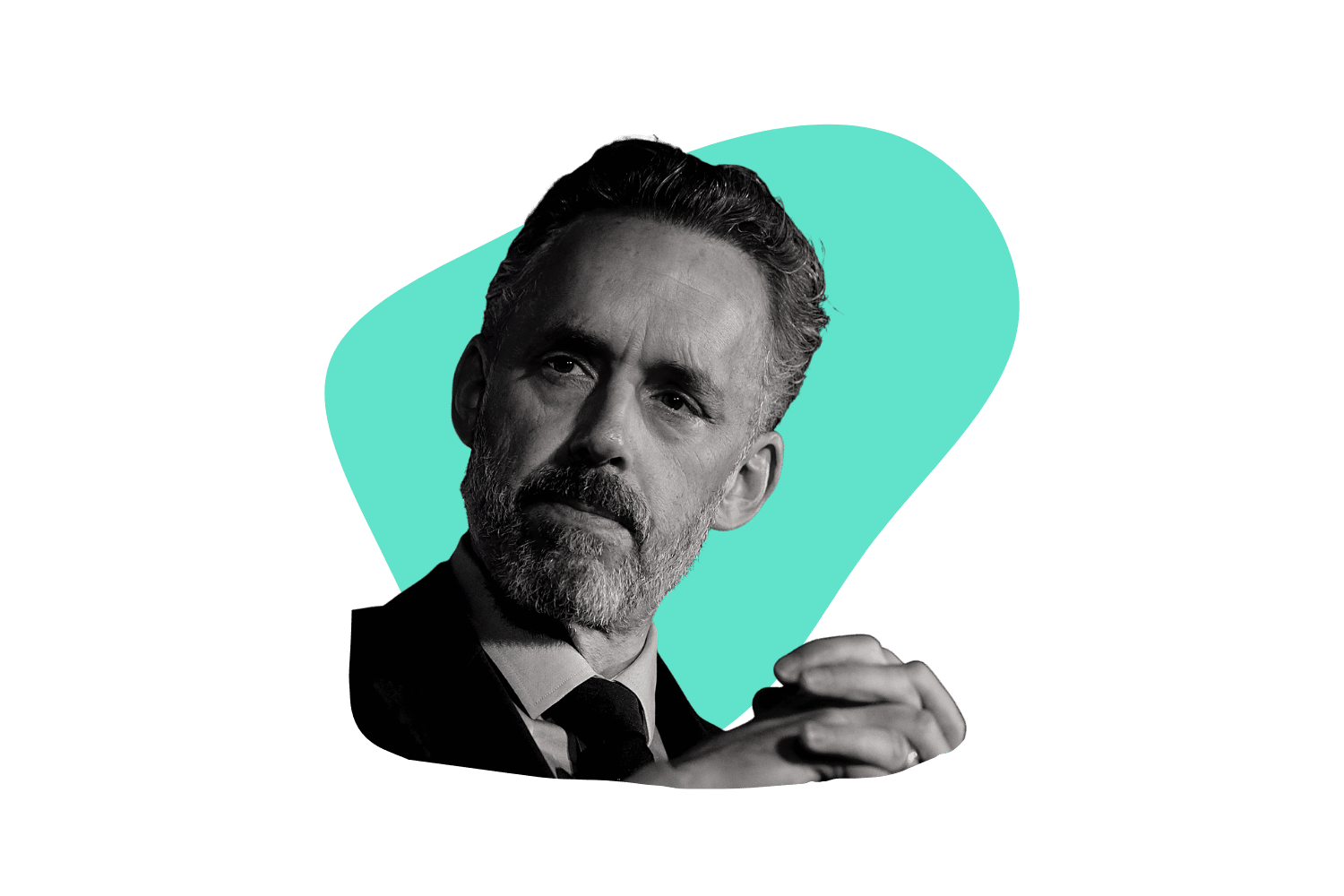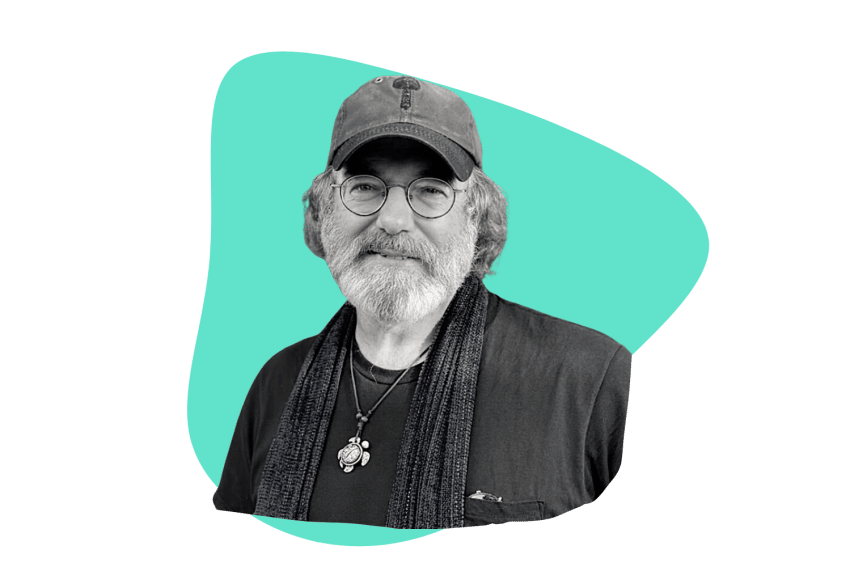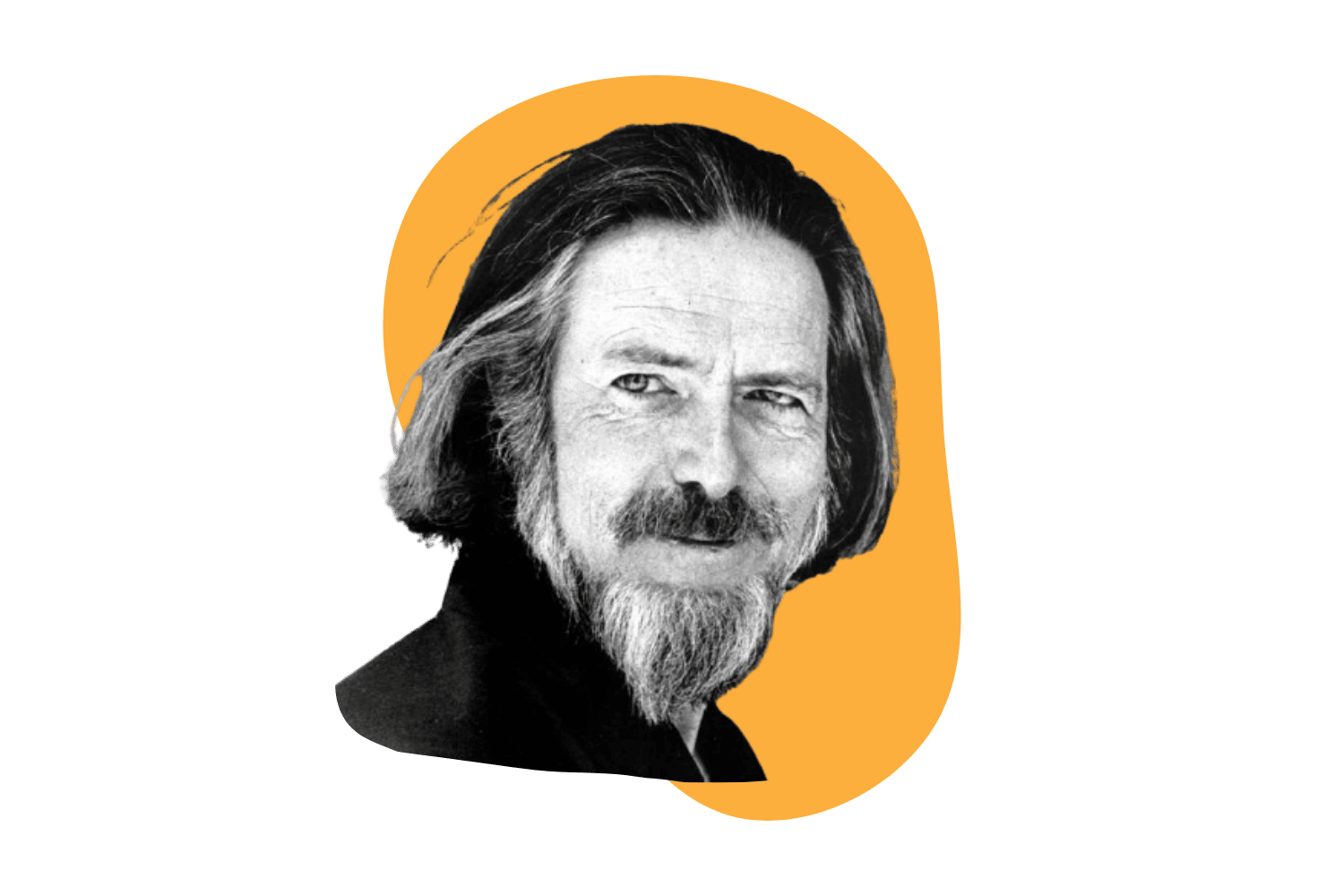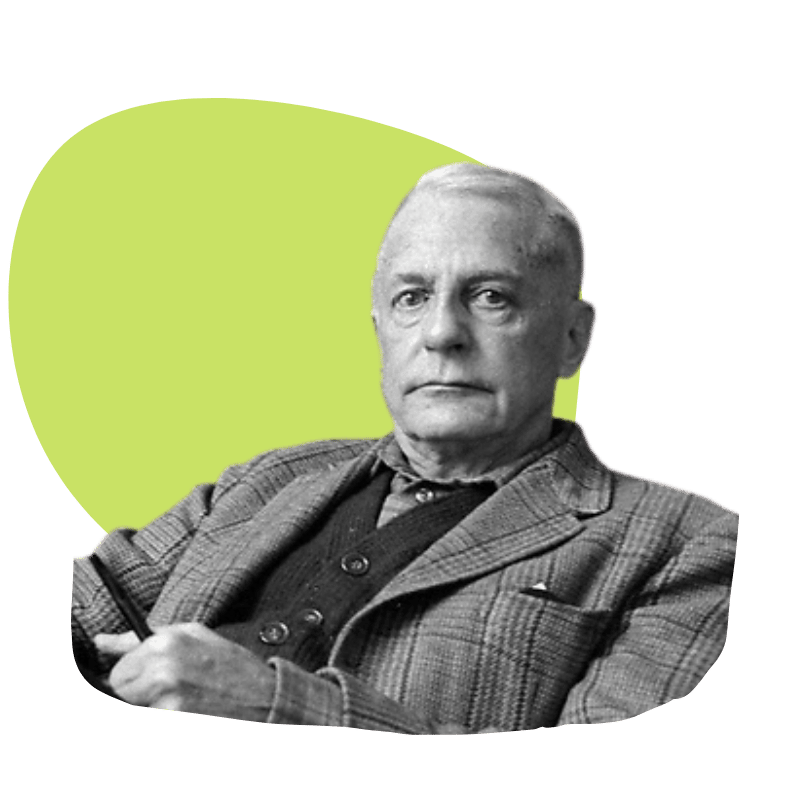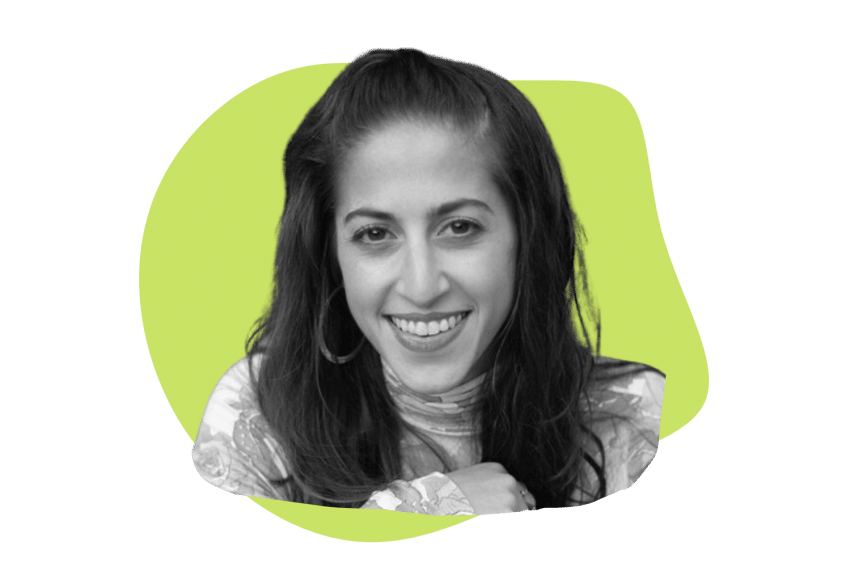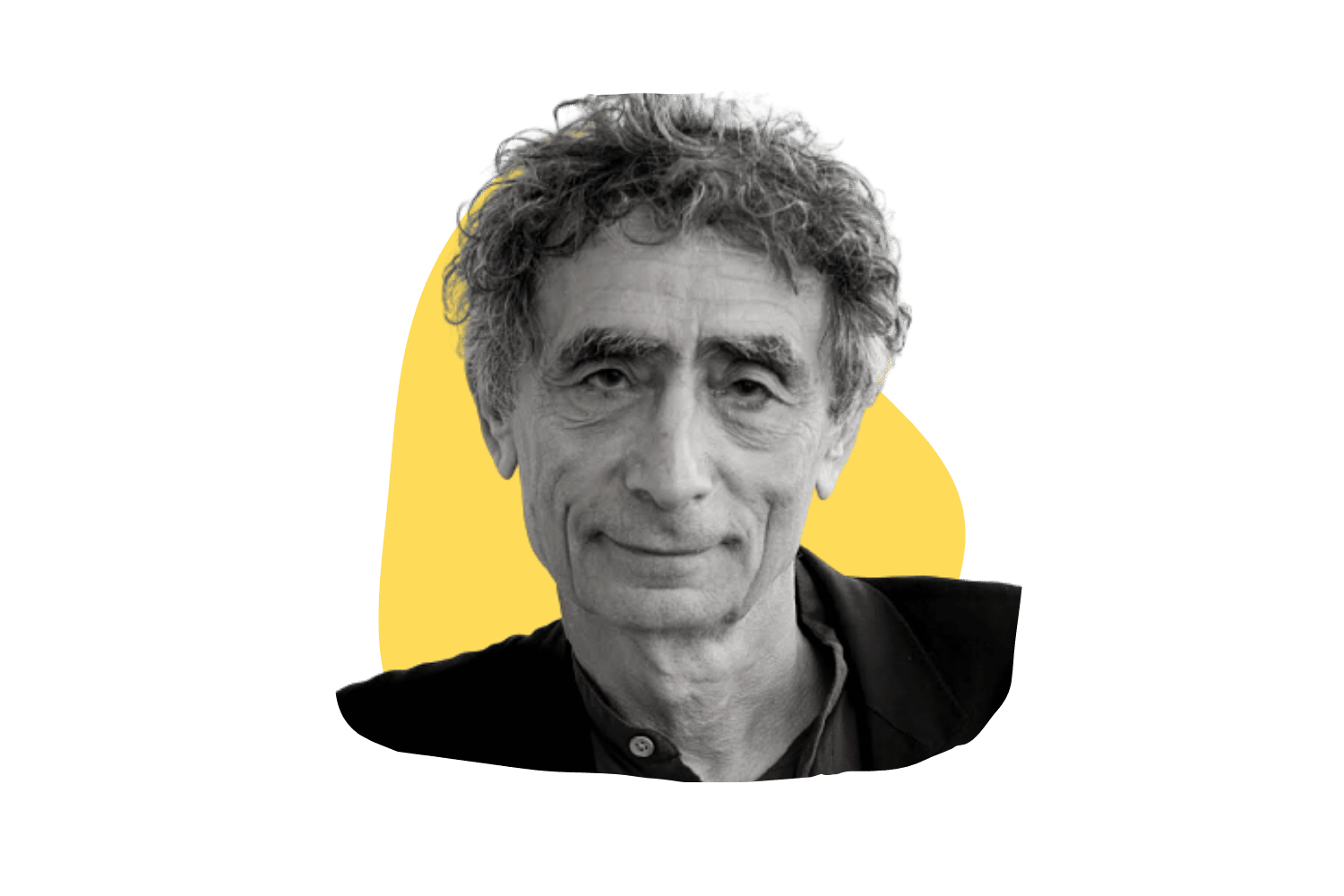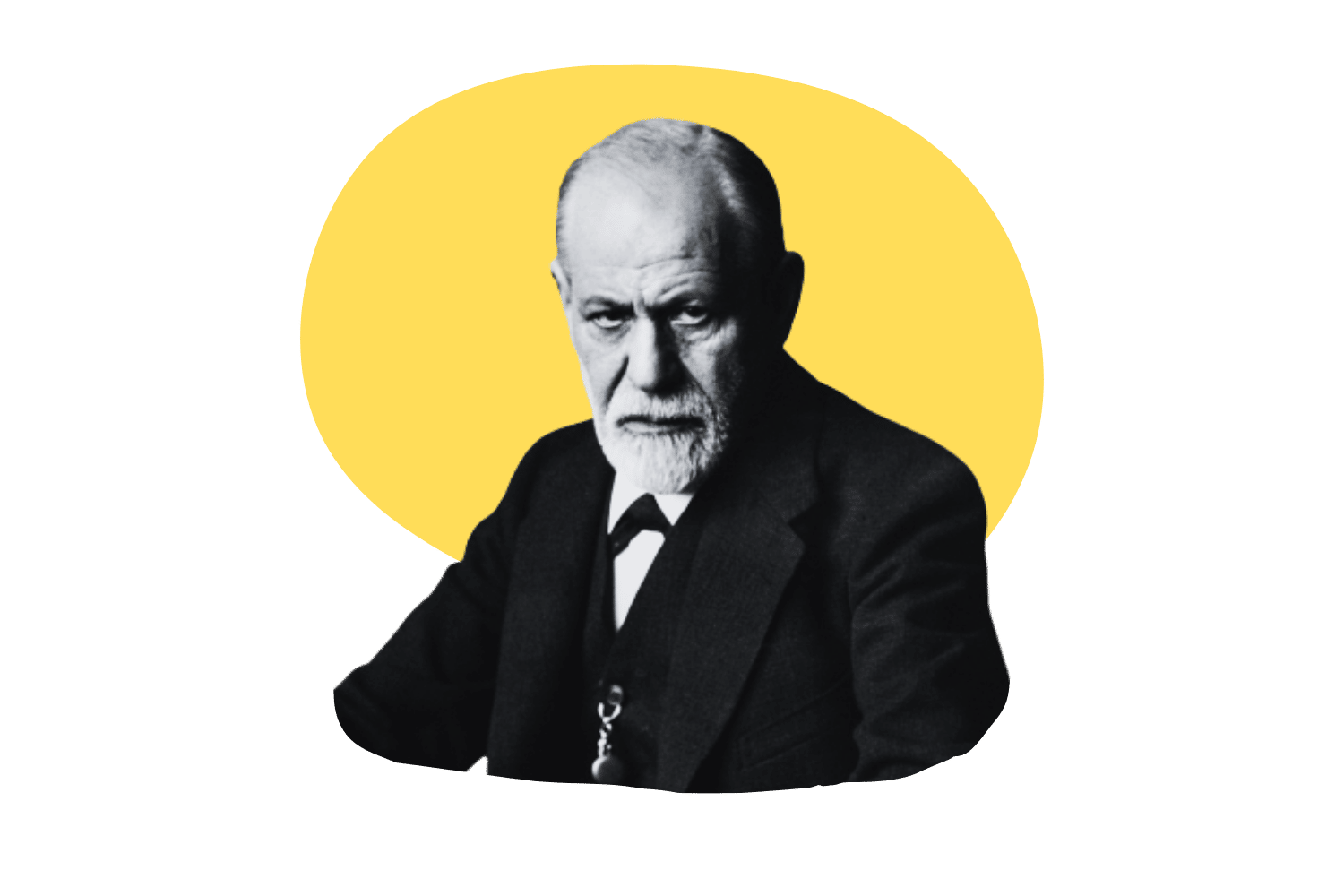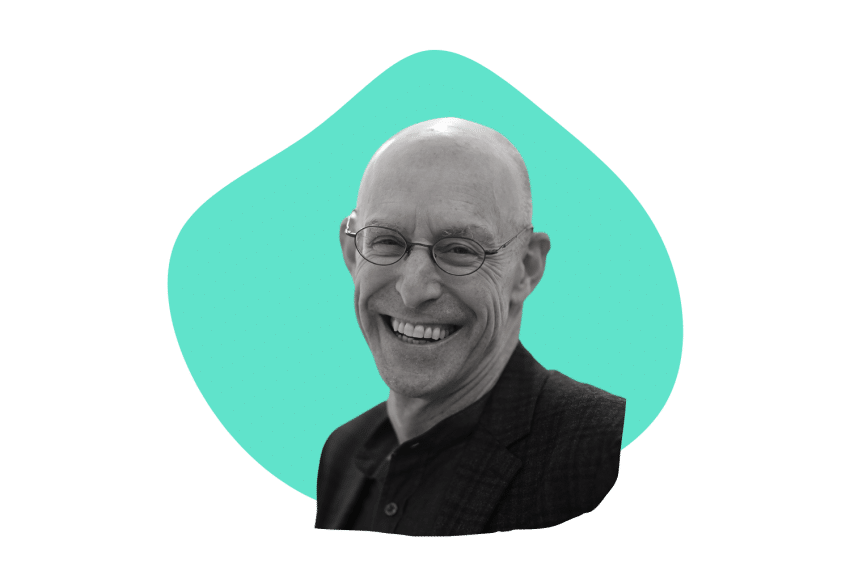Dennis McKenna: Life, Career, Research, & Achievements
Dennis McKenna was a key organizer and participant in the first biomedical investigation of ayahuasca.
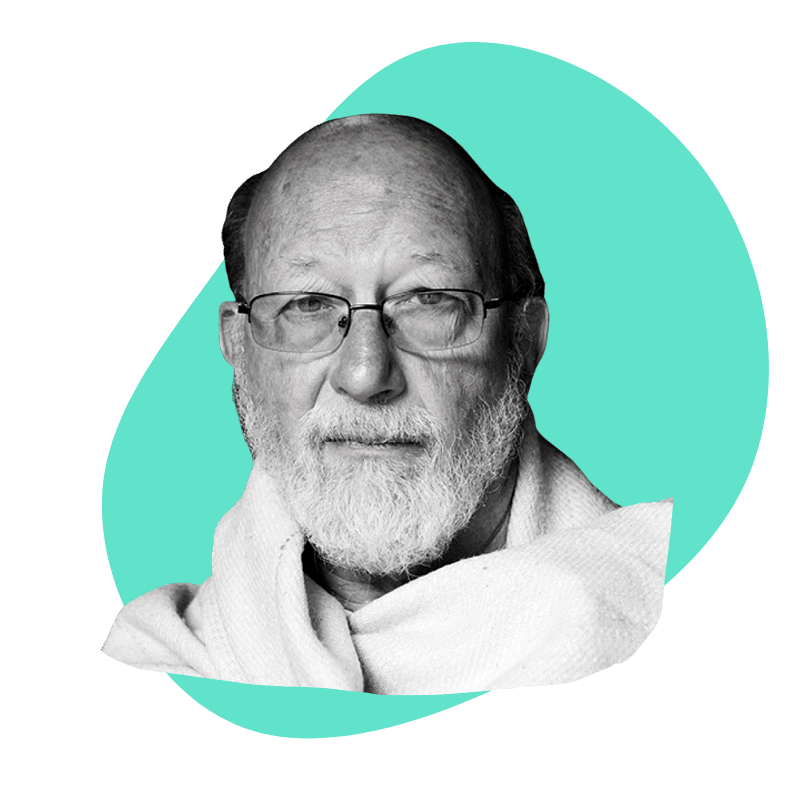
Dennis Jon McKenna was born in 1950 — four years after his brother, Terence McKenna. Both brothers have had a huge influence on the psychedelic space as we know it today.
Dennis McKenna has produced some groundbreaking research surrounding psychedelic mushrooms, plants, and other compounds.
In this article, we’ll be delving into Dennis McKenna’s fascinating scientific mind by:
- Looking at who Dennis McKenna is
- Exploring his life work and career
- Looking at his travels in search of psychedelic plants and fungi
- Assessing why Dennis and Terence went their separate ways
- Checking out what Dennis McKenna is doing now
- Exploring the books he has written
We’ll also be looking into some of his research and how he’s contributed to the field of psychedelics over the past 30+ years.
Who Is Dennis McKenna?
Dennis Mckenna is an American ethnopharmacologist, lecturer, and author.
He earned a doctorate degree in 1984 from the University of British Columbia, where he studied the ethnobotany, pharmacology, and chemistry of psychedelic Amazonian plants and fungi.
He’s known for his research and writing of psychedelic plants and fungi in indigenous cultures and their potential to treat certain mental and physical conditions.
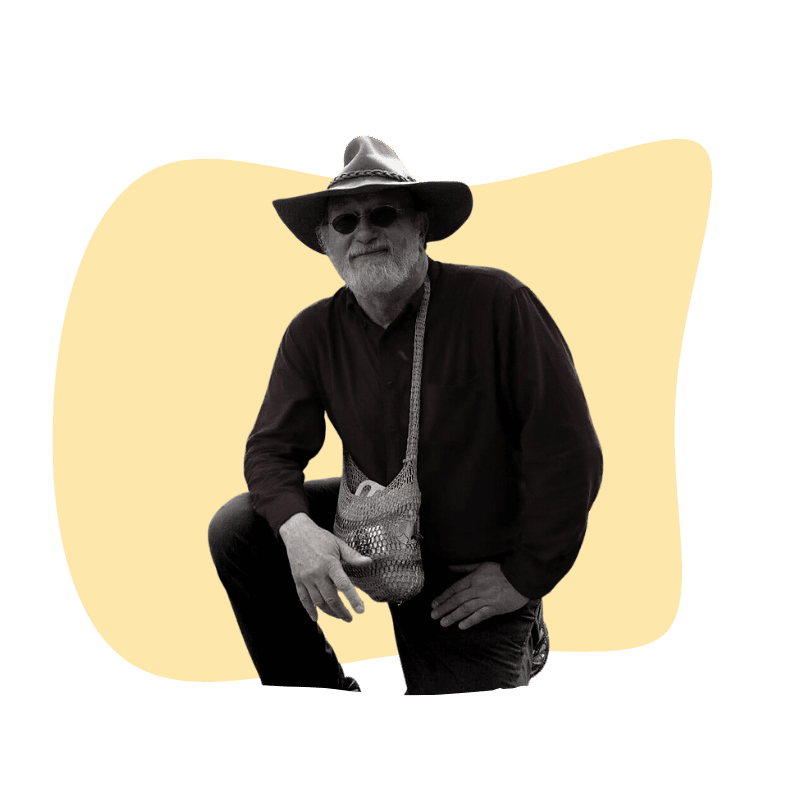
He was a key organizer and a participant in the first biomedical investigation of ayahuasca — a psychedelic Amazonian brew. The “Hoasca Project” assessed the long-term effects of the brew on human beings [1]. Dennis helped prove that “ayahuasca is in no context toxic or harmful to the human body.”
Currently, Dennis McKenna is the director of ethnopharmacology at the Heffter Research Institute — a non-profit organization that focuses on investigating psychedelic medicines. He helps perform research and gain funding for clinical and academic scientists looking at the therapeutic value of hallucinogens such as psilocybin.
Dennis McKenna is also an assistant professor at the Center for Spirituality and Healing at the University of Minnesota, where he teaches courses in ethnopharmacology, the cultural uses of psychedelic organisms, botanical medicines, and plants in human affairs.
He runs the McKenna Academy of Natural Philosophy, a nonprofit Public Benefit Corporation. His goals are to provide a free education center for “intellectual inquiry, spiritual development, and philosophical discourse.”
He still works today to promote, study, and provide scientific information on naturally occurring psychedelic substances and botanical medicines. He has written six books and has co-authored and contributed to many others, including the famous title “The Invisible Landscape: Mind, Hallucinogens, & the I Ching,” which he wrote with his brother Terence in 1975.
The McKenna Brothers
Dennis McKenna was born four years after his brother, Terence McKenna. The two brothers both greatly influenced the psychedelic field, although in their own ways.
The McKenna family name is perhaps one of the most famous in the world of psychedelics. Both Dennis and Terence are famed for their research into ayahuasca and DMT, as well as psilocybin. The pair are responsible for bringing botanical samples back to the U.S., including several different strains of Psilocybe cubensis.
Terence became more of a “face” in the psychedelic world because of his writings and speeches on how “DMT (dimethyltryptamine) and other psychedelics acted as gateways to other dimensions. He’s also credited for “the stoned ape theory” — a theory that explains how Homo erectus advanced to Homo sapien through the ingestion of psychedelic mushrooms.
Terence was the more “free-spirited” of the two brothers that dove into the spiritual, mystical, and potentially inter-dimensional side of psychedelics. Dennis, on the other hand, is more analytical-minded. He sought to understand how these botanicals worked and what purpose they served in the medical world.
These ideological disparities would eventually cause Dennis and Terence to go their separate ways to follow different paths in their studies of psychedelics. However, before this, the two brothers worked together.
They traveled to the Amazon Rainforest in 1970 to study psychedelic plants; they wrote books together, gave numerous lectures, and co-founded Botanical Dimensions — a non-profit organization that supports the preservation of indigenous plants.
Dennis McKenna’s Early Life & Education
Dennis McKenna was born in Paonia, Colorado, in 1950. His interest in psychedelic plants and fungi was sparked by his brother, Terence, who — after reading R. Gordon Wasson’s article about magic mushrooms in LIFE Magazine — became intrigued by the cultural use of hallucinogenic botanicals.
This introduction came at an early age and would lay the foundations for his future career as an ethnopharmacologist and researcher in the psychedelic field.
In the 1970s, Dennis and Terence’s shared interest in psychedelics led them to travel to the Amazon Rainforest to study the use of psychedelic plants by indigenous people (more on this later). This experience was the basis for Dennis’ educational studies and future career.
In 1973, Dennis McKenna received an undergraduate degree in Ecology and Conservation from the University of Colorado. He then went on to study at the University of Hawaii, where he received a Master’s degree in botany in 1979.
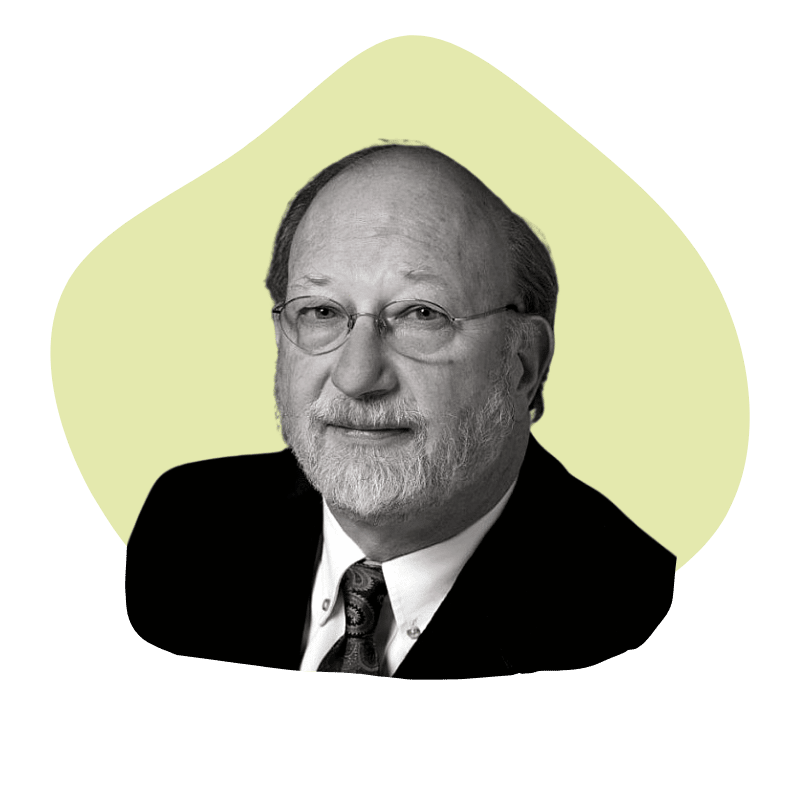
Later, in 1984, he went on to earn a Ph.D. in Botanical Sciences from the University of British Columbia, where he focused his research on the use of psychoactive plants and fungi in indigenous cultures and their potential therapeutic applications.
The dissertation he wrote at British Columbia University, titled “Amazonian Hallucinogenic Plants: Ethnobotanical, Phytochemical, and Pharmacological Investigations,” led to him receiving his first two post-doctoral research fellowships [2].
These fellowships were in the Laboratory of Clinical Pharmacology at the National Institute of Mental Health and the Department of Neurology at the Stanford University School of Medicine. His research during these fellowships included the pharmacology, botany, and chemistry of ayahuasca, among other psychedelic compounds.
The McKenna Brother’s Journey to the Amazon
The most famous exploration by the McKenna brothers occurred in 1971 when they traveled to the Amazon Rainforest in search of ayahuasca — a psychedelic brew used by the indigenous tribes of the region for spiritual and healing purposes. Although Dennis didn’t know it at the time, this would open his mind to an entirely new world.
When the two were just 19 and 23 (Dennis being the younger of the two), they embarked on the journey to discover this orally-active source of DMT.
The journey was far from easy. They would navigate difficult terrains, sweltering heat, harsh weather conditions, and dangerous animals. Not only did they succeed in finding ayahuasca but several other natural psychedelics too.
In February, in the year of their expedition, Dennis and Terence would board a small boat on the Rio Putumayo in southern Columbia. This vessel would take them towards inner Amazonia. Along the journey, they spotted a single sample of Psilocybe cubensis — a psychedelic species of fungi.
Terence consumed the mushroom and noted that it was “something to look into later,” not knowing that these mushrooms would become a large part of their journey and future research.
La Chorrera
The brothers’ journey continued down the Rio Putumayo toward the remote settlement of La Chorrera.
After more than a week of traveling, sleeping on top of soda crates as they drifted downstream, they arrived. Before they disembarked, the travelers that accompanied them on their journey warned them not to ask the people of the settlement about ayahuasca for fear that the brothers would be killed.
Dennis and Terence reassured the travelers that they would take great care during their exploration.
La Chorrera, at the time, was essentially a giant clearing in the jungle where cattle grazed the land, and indigenous people resided in small huts. This environment was perfect for Psilocybe cubensis — a species of psilocybin-containing mushroom that thrives in manure.
There was an abundance of these mushrooms growing in La Chorrera, and with little rations left, and a lack of food in the settlement, Psilocybe cubensis and other edible mushrooms became a staple in their diet.
As you can imagine, this is when things started to get interesting, and their understanding of how these psychedelics worked began to grow.
A Life-Changing Psilocybin Trip
The two brothers ate these psychedelic mushrooms for an entire week. Dennis began to notice that consuming large amounts of the fungi induced a strong humming sound and a vibrating feeling that made the psychedelic experience all the more intense.
Terence and Dennis decided to experiment with this newfound discovery and replicated the noise with their mouths, directing it toward the mushrooms. They hoped that “the psilocybin would go into the DNA of the mushrooms,” causing some kind of resonance.
This bizarre experiment didn’t exactly go as planned, but when they replicated the noise, Dennis was sent spiraling into an intense psychedelic trip where he was “spread across the universe.”
Dennis had consumed so much psilocybin that he was tripping for two to three days. The La Chorrera natives even threatened to call in airplanes to take Dennis to a mental hospital because they believed he had gone insane.
Eventually, Dennis came down from this breakthrough psilocybin experience, but things only became stranger still…
Dennis & Terence Consume Ayahuasca
Finally, the two brothers got their hands on the psychedelic brew they had traveled so far to experience.
Dennis decided it would be a good idea to consume more magic mushrooms alongside drinking the brew in the hope that he could have a truly groundbreaking experience.
They set up their hammocks, drank the DMT-containing brew, and laid back in anticipation. In light of what Dennis had experienced after they replicated the humming they heard during a psilocybin trip, the brothers began making the noise again. They “screamed the psilocybin tone into the night.”
Dennis recalls that the noise frightened him, and it was a trigger that sent him into the trip. Dennis and Terence would later conclude that resonant frequencies played a big part in the psychedelic experiences produced by mushrooms and DMT — allowing them to intensify and modulate the trip.
The pair had a truly mystical experience on ayahuasca and tripped for several hours in the darkness of the jungle. Terence described visiting “mechanical superstructures” that would make him question the origins of the universe and inter-dimensional travel. Dennis, too, shared a similar experience, and they claimed to have “mutual illusions and illuminations.”
You can read more about Dennis and Terence’s ayahuasca trip, as well as the story of their expedition, in Terence’s book “True Hallucination.”
The Bizarre But Insightful Actions of Dennis McKenna
Dennis and Terence came down from their ayahuasca experience and shortly after began consuming psilocybin-containing mushrooms again.
At some point, while tripping on shrooms, Dennis decided to remove his clothes and made everyone else in their group take off their clothes as well. He claimed that they no longer needed clothes and “objects were entirely unnecessary.”
Dennis, Terence, and the others in their group set out naked into the jungle with only their hammocks, where they spent the remainder of their psychedelic trip. During this experience, natives told the group to put their clothes back on. It seems that everyone followed the instructions, apart from Dennis.
After refusing to obey the locals, Dennis was incarcerated at the La Chorrera police house. He was convinced that material objects — including his clothes — were entirely unnecessary. Dennis threw every object that wasn’t attached to the ground out of the police house window in protest.
While Dennis had this bizarre experience, Terence was waiting outside for him to come down from his trip. At this point, Terence had the famous vision that set him on an alternate path, eventually leading the brothers to “separate.”
Why Did Dennis & Terence Go Their Separate Ways?
Dennis McKenna’s life work is very different from that of his brother. Although Dennis and Terence McKenna began their journey into the world of psychedelics together, they ended up following different paths.
After forming the theory outside the police house in La Chorrera that perhaps psychedelic mushrooms were put here by aliens in order to study humans as a species, Terence took a more philosophical approach to psychedelics. He decided to study and lecture about the altered states of consciousness and the inter-dimensional beings he encountered during his experiences.
Dennis decided that rather than following his brother’s pursuit, he would split ways and pursue his own interests in the field. Dennis’ work centered around using psychedelics as a medical tool to help people overcome mental health issues.
Although Terence and Dennis had a strong bond as brothers, their ideological differences caused disagreements, causing them to pursue different avenues in their work.
Dennis Mckenna’s Career
After Dennis and Terence decided to go their separate ways and Dennis completed his education, he went on to work in various research and academic positions during his career.
After receiving his Ph.D. from the University of British Columbia, he took a job as a research assistant at the University of Minnesota’s Mediated Perception Research Group (1984). Here, Dennis and his group focused on studying altered states of consciousness produced by psychedelic substances.
The research group Dennis worked with was multidisciplinary and included psychologists, neuroscientists, and anthropologists. They conducted several studies on the effects of psychedelics on the human mind and behavior. He worked with this research group until 1986.
In 1990 he joined Shaman Pharmaceuticals as the Director of Ethnopharmacology and left in 1993 to join the Aveda Corporation as Senior Research Pharmacognosist. During this time, Dennis helped organize the Hoasca Project — the first biomedical investigation of sacramental ayahuasca use [1].
Dennis began working as a professor at the Center of Spirituality and Healing at the University of Minnesota in 2002 and continued to lecture in a Senior role until 2017. From 2004-2008, Dennis was the Principal Investigator on a project investigating Amazonian ethnomedicines as potential treatments for cognitive deficits in dementia and schizophrenia [3].
He is a founding member of the Heffter Institute (est. 1993) and still serves on the advisory board in the fields of ethnobotany and botanical medicines.
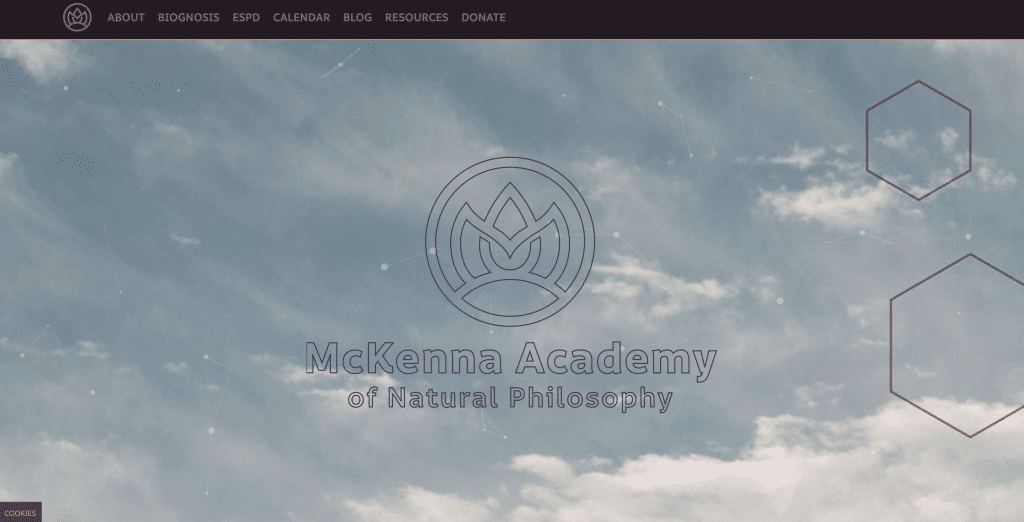
During the spring of 2019, Dennis went on to create a new non-profit organization called The McKenna Academy of Natural Philosophy. His goal for the McKenna Academy is to create “a center for intellectual inquiry, spiritual and moral development, philosophical discourse, and the exercise of human imagination and curiosity.”
As well as his many career achievements, Dennis McKenna has written, co-authored, and contributed to more than 12 titles in the fields of psychedelics, botany, and ethnopharmacology. He’s also produced over 50 scientific research papers throughout the course of his academic career.
Contributions to the Field of Psychedelic Studies
Dennis McKenna is highly regarded for his contributions to the field of psychedelics. He’s a leading figure in the study of ethnopharmacology — the study of plants used in societies for medicinal and spiritual purposes. He’s also famed for his significant contributions to the research of the psychedelic brew ayahuasca.
He has conducted extensive research on the chemical composition of ayahuasca and its effects on human consciousness and behavior. This has led to further research into DMT’s effects on the mind and its potential use in therapy by other academic bodies.
Dennis McKenna has conducted studies on several other psychoactive and medicinal botanicals, such as Psilocybe mushrooms, iboga, ginkgo biloba, and LSD. He continues to contribute to the field of psychedelics through lectures, interviews, books, and his involvement with the Heffter Research Institute.
Overall, Dennis J. McKenna’s work has contributed to the understanding of the cultural and potential therapeutic use of psychoactive plants and fungi and continues to do so today. Alongside his brother Terence, Dennis is considered a “psychedelic pioneer” who has changed the way many people perceive hallucinogenic substances.
Dennis McKenna’s Advocacy for Responsible Psychedelic Use
Dennis McKenna is an advocate for responsible and safe psychedelic use. He has spoken and written extensively about the potential benefits of psychedelics in treating mental health conditions, self-discovery, personal growth, and increasing understanding of “the nature of consciousness.”
In many of his lectures, interviews, and writings, Dennis emphasizes the importance of set and setting in the psychedelic experience. He also recommends that people embarking on psychedelic journeys, for whatever reason, should go through appropriate screening and preparations beforehand to mitigate the risks of potential harm.
He’s an advocate for psychedelic-assisted psychotherapy and recommends that people wanting to go down this route contact qualified facilitators. Misusing psychedelics, especially when trying to improve mental health, could be detrimental. He strongly advises participants to research, prepare, and speak to professionals in the space way before consuming psychedelics for any medical reason.
What Is Dennis McKenna Doing Now?
Dennis McKenna continues to work in the field of psychedelics. He’s still a board member of the Heffter Research Institute and continues to aid in studying psychedelics and their potential benefits to mental health.
He’s still a frequent speaker at conferences and events, and he continues to guest on podcasts and say his part in relevant documentary pieces.
He recently founded The McKenna Academy of Natural Philosophy — a nonprofit Public Benefit Corporation. Dennis started the academy to create a free education center for “intellectual inquiry, spiritual development, and philosophical discourse.”
Dennis has said, “the McKenna Academy strives to be a bridge between ancestral healing wisdom and science through our conservation and education initiatives. Our vision is an awakened world where all species thrive in symbiotic harmony.”
The academy’s mission is to create conferences, courses, and retreats where people can gather, talk, and learn. Dennis hopes that this will help people co-create new projects that will produce positive changes to human life, health, and the planet we live on.
Books By Dennis McKenna
Dennis McKenna has written his fair share of publications on magic mushrooms, ayahuasca, and psychedelics in general. He has composed over 40 different scientific papers, countless articles in physical and online publications, and several books. McKenna has also co-authored and contributed to a number of titles.
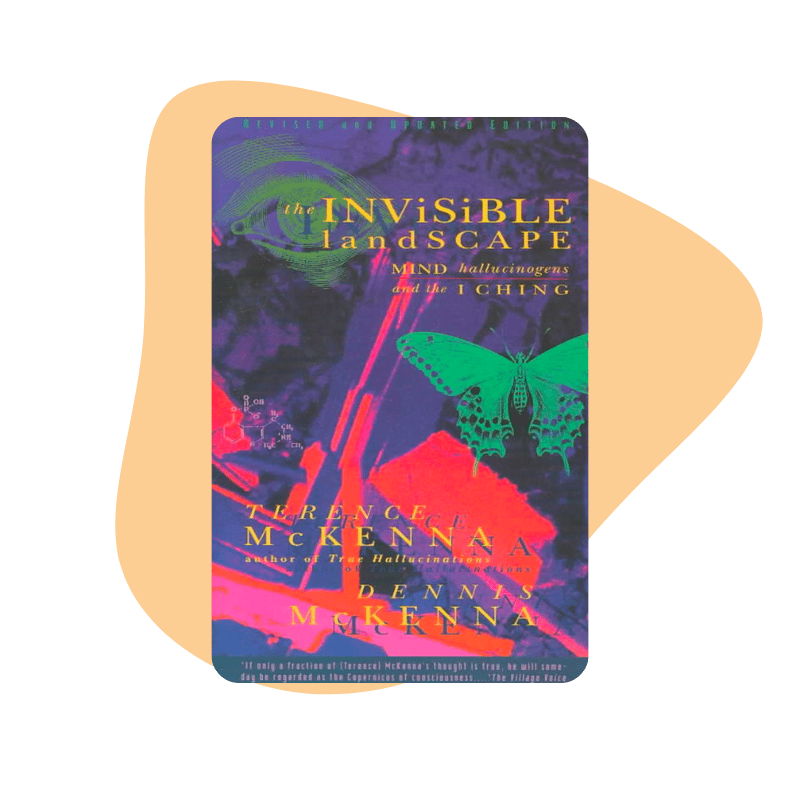
His most popular work (depending on who you ask) is the book he wrote with his brother Terence — The Invisible Landscape: Mind, Hallucinogens & the I Ching. It is, without a doubt, Dennis’s and Terence’s most famous book, but he has written several other enticing titles.
Here are the titles that Dennis has written, co-authored, or contributed to:
- The Invisible Landscape: Mind, Hallucinogens & the I Ching — Published in 1975
- Psilocybin: Magic Mushroom Grower’s Guide: A Handbook for Psilocybin Enthusiasts — Published in 1976
- Botanical Medicines: The Desk Reference for Major Herbal Supplements — Published in 2002
- The Incense Bible: Plant Scents That Transcend World Culture, Medicine, and Spirituality — Published in 2007
- Aya Awakenings: A Shamanic Odyssey — Published in 2009
- The Brotherhood of the Screaming Abyss — Published in 2012
- Journey to Everywhere — Published in 2012
- Return to the Brain of Eden: Restoring the Connection between Neurochemistry and Consciousness — Published in 2014
- Mystery School in Hyperspace: A Cultural History of DMT — Published in 2015
- Ethnopharmacologic Search for Psychoactive Drugs (Vol. 1 & 2): 50 Years of Research — Published in 2018
- Ethnopharmacologic Search for Psychoactive Drugs (Vol. 2): Proceedings from the 2017 Conference — Published in 2019
Best Dennis McKenna Quotes
All experience is a drug experience. Whether it’s mediated by our own [endogenous] drugs, or whether it’s mediated by substances that we ingest that are found in plants, cognition, consciousness, the working of the brain, it’s all a chemically mediated process. Life itself is a drug experience.”
Think for yourself, and believe in yourself. Keep your skeptical antennae tuned in and in good working order at all times. We are free to develop our own hypotheses, which should be based on available evidence. When it comes to faith, have faith in yourself. And don’t forget to love, laugh, and be kind to each other. Don’t take things so seriously, especially yourself. If the universe is a cosmic joke, remember to giggle. And remember to be astonished.”
No wonder psychedelics are threatening to an authoritarian religious hierarchy. You don’t need faith to benefit from a psychedelic experience, let alone a priest or even a shaman to interpret it. What you need is courage—courage to drink the brew, eat the mushroom, or whatever it is, and then to pay attention, and make of it what you will. Suddenly, the tools for direct contact with the transcendent other (whether you call it God or something else) is taken from the hands of an anointed elite and given to the individual seeker.”
As the sphere of understanding grows ever larger, necessarily the surface area of ignorance gets ever bigger.”
Nobody can have your psychedelic experience for you; you just have to screw your courage up and raise the cup to your lips or smoke the pipe or whatever it is and face what’s in there.”
“Psychedelics are not suppressed because they are dangerous to users; they’re suppressed because they provoke unconventional thought, which threatens any number of elites and institutions that would rather do our thinking for us. Historically, those in power have always sought to suppress free thought, whether bluntly or subtly, because it poses an inherent challenge to their rule. That’s no less true today, in an age when corporate, political, and religious interests form a global bloc whose interests threaten all earthly life, including human life.”
I get frustrated with people who say that a drug experience can have no spiritual validity. I’m here to tell you that all experience is a drug experience. We’re all on drugs all the time, largely because we are MADE of drugs.”
Ayahuasca is a symbiotic ally of the human species.”
It became clear to us early on that Catholic dogma was pretty much a fairy story concocted to satisfy the incurious masses, and we were buying none of it.”
Whatever the predicted end date, we’ll wake up the next day facing the same intractable woes we faced the day before. Rather than confront those challenges, however, many of us will choose to focus our hope and dread on a new zero point ahead, longing for some resolution to our dilemma, some final outcome no matter how catastrophic. Strange, perhaps, but we are a species so adept at denial that even a vision of the apocalypse is a welcome distraction from the thought of devoting ourselves to making the time we are afforded the best it can possibly be.”
Dennis McKenna’s Research Papers
- Grob, C. S., McKenna, D. J., Callaway, J. C., Brito, G. S., Neves, E. S., Oberlaender, G., … & Boone, K. B. (1996). Human psychopharmacology of hoasca, a plant hallucinogen used in ritual context in Brazil. The Journal of nervous and mental disease, 184(2), 86-94.
- McKenna, D. J. (1984). Monoamine oxidase inhibitors in Amazonian hallucinogenic plants: ethnobotanical, phytochemical, and pharmacological investigations (Doctoral dissertation, University of British Columbia).
- McKenna, D. J., Ruiz, J. M., Hoye, T. R., Roth, B. L., & Shoemaker, A. T. (2011). Receptor screening technologies in the evaluation of Amazonian ethnomedicines with potential applications to cognitive deficits. Journal of Ethnopharmacology, 134(2), 475-492.
- McKenna, D. J., Towers, G. N., & Abbott, F. (1984). Monoamine oxidase inhibitors in South American hallucinogenic plants: tryptamine and β-carboline constituents of ayahuasca. Journal of ethnopharmacology, 10(2), 195-223.
- McKenna, D. J. (2004). Clinical investigations of the therapeutic potential of ayahuasca: rationale and regulatory challenges. Pharmacology & therapeutics, 102(2), 111-129.
- Callaway, J. C., McKenna, D. J., Grob, C. S., Brito, G. S., Raymon, L. P., Poland, R. E., … & Mash, D. C. (1999). Pharmacokinetics of Hoasca alkaloids in healthy humans. Journal of ethnopharmacology, 65(3), 243-256.
- McKenna, D. J., Jones, K., & Hughes, K. (2001). Efficacy, safety, and use of ginkgo biloba in clinical and preclinical applications. Alternative therapies in health and medicine, 7(5), 70.
- McKenna, D. J., Callaway, J. C., & Grob, C. S. (1998). The scientific investigation of Ayahuasca: a review of past and current research. The Heffter Review of Psychedelic Research, 1(65-77), 195-223.
- Callaway, J. C., Raymon, L. P., Hearn, W. L., McKenna, D. J., Grob, C. S., Brito, G. S., & Mash, D. C. (1996). Quantitation of N, N-dimethyltryptamine and harmala alkaloids in human plasma after oral dosing with ayahuasca. Journal of analytical toxicology, 20(6), 492-497.
- McKenna, D. J., Jones, K., Hughes, K., & Tyler, V. M. (2012). Botanical medicines: the desk reference for major herbal supplements. Routledge.
- McKenna, D. J., Repke, D. B., Lo, L., & Peroutka, S. J. (1990). Differential interactions of indolealkylamines with 5-hydroxytryptamine receptor subtypes. Neuropharmacology, 29(3), 193-198.
- McKenna, D. J., Jones, K., Humphrey, S., & Hughes, K. (2001). Black cohosh: efficacy, safety, and use in clinical and preclinical applications. Alternative Therapies in Health and Medicine, 7(3), 93.
- Callaway, J. C., Airaksinen, M. M., McKenna, D. J., Brito, G. S., & Grob, C. S. (1994). Platelet serotonin uptake sites increased in drinkers of ayahuasca. Psychopharmacology, 116(3), 385-387.
- Torres, C. M., Repke, D. B., Chan, K., McKenna, D., Llagostera, A., & Schultes, R. E. (1991). Snuff powders from pre-Hispanic San Pedro de Atacama: Chemical and contextual analysis. Current Anthropology, 32(5), 640-649.
- McKenna, D., & Riba, J. (2016). New world tryptamine hallucinogens and the neuroscience of ayahuasca. Behavioral Neurobiology of Psychedelic Drugs, 283-311.
